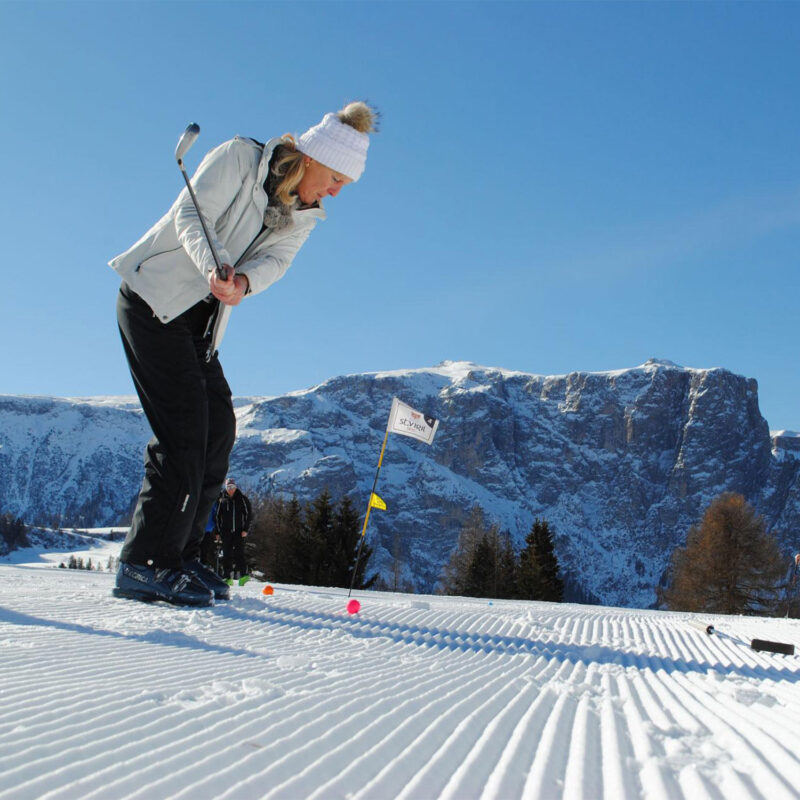Optimise your Body Temperature out on the Golf Course

The winter golf season in the UK presents a vastly different set of challenges to those at other times of the year. Apart from the unideal conditions and psychological impacts that negatively affect performance, there’s also the increased likelihood of injury due to reduced blood flow to the extremities, muscles and connective tissues.
At KYMIRA Golf our approach extends far beyond merely looking at warming the body – whilst insulating is important, we need to develop performance fabrics, ones that don’t just heat the body, but thermoregulate. The difference is KYMIRA Golf will help keep you warm in the cold, but cool when the temperature rises.
The performance aspect is fundamental to KYMIRA Golf clothing. If insulation was the primary goal, we’d simply make fabrics thicker and heavier, but that would have a significant impact on performance and negatively impact the backswing and all so important comfort levels when standing over the ball.
Discover the KYMIRA Golf Range : HERE
In this article we’re looking at the insulating properties of KYMIRA Golf and how it benefits us during winter training and competition.
KYMIRA and Thermoregulation
The KYMIRA KYnergy fabric is a unique material in the way it regulates heat. Despite its light weight, it warms up quicker than other fabrics and retains heat for 63% longer than fabrics of an equivalent weight. When it comes to long-term wear during cold weather rounds, this is invaluable. If you’re going to be on the course for hours at a time, you need to ensure you’ll be kept warm.
The construction method of the KYnergy fabric is what affords these unique set of properties. The ceramic additives have been shown to positively affect thermal efficiency, summarised by this statement from this investigation (click here).
‘Textiles containing ceramic additives, which are able to absorb and emit back the thermal energy from the human body, can be used to improve the thermal properties of the fabric.’
The type of construction methods used in producing infrared fabrics leads to increased temperatures in those wearing them. Thermal investigation (find out more) into the effects of infrared fabrics has shown that they can be up to 2.11 degrees Celsius warmer, which is a dramatic difference, especially when it comes to winter golf clothing.
Finally, the ‘recipe’ used to create infrared fabrics has been shown to have an effect on the warmth of the garment (here to learn more). This process occurs by adjusting the emissivity of the infrared, which in turn has a knock-on effect on the stimulation of circulation and ultimately the thermoregulatory effects of the fabric.
Cut and Fit Infrared Fabric
The fit of the fabrics is also important. We know from research that proximity to the skin of fabric is important for the thermal efficiency. Research on air movement (here) in clothing at low temperatures shows that looser fitting clothing allows a larger heat transfer and therefore quicker heat loss.
KYMIRA Golf performance clothing is tighter fitting and as such retains heat more efficiently than t-shirts, looser fitting shorts and the like. When training/playing in the winter this takes on an even greater importance and can be the difference between play an uncomfortable 9 or enjoyable 18.
Infrared and Circulatory Heat
One of the primary drivers of heat in the KYMIRA fabric is the circulatory benefits of the infrared. The infrared technology has been shown to dramatically boost blood flow, which is key to promoting and retaining heat in the body.
When applied to a sporting context, we should investigate the effects of cold exposure to the extremities because these are the contact points with the floor and our sporting equipment. From research (here) we understand that cold exposure forces a very strong vasoconstriction response which manifests itself in the following ways (paraphrased from the study itself):
‘…impaired tactile sensitivity, manual dexterity, and muscle contractile characteristics while increasing pain and sympathetic drive, decreasing gross motor function and occupational performance.‘
All of these symptoms are incredibly problematic for an athlete so to maximise winter performance, there absolutely has to be a thermoregulatory solution. Thankfully infrared has evidence in support of its ability to boost circulation to the extremities (read more), helping to maximise blood flow where it lacks in the cold.
KYMIRA and Thermoregulation Concluded
When it comes to golf, it’s simply not practical to rely on thicker, heavier fabrics when the trade-off is reduced performance and mobility. That’s why KYMIRA Golf clothing is the ideal practical solution for winter training – it has remarkable thermoregulatory properties yet maintains freedom of movement to optimise performance.
